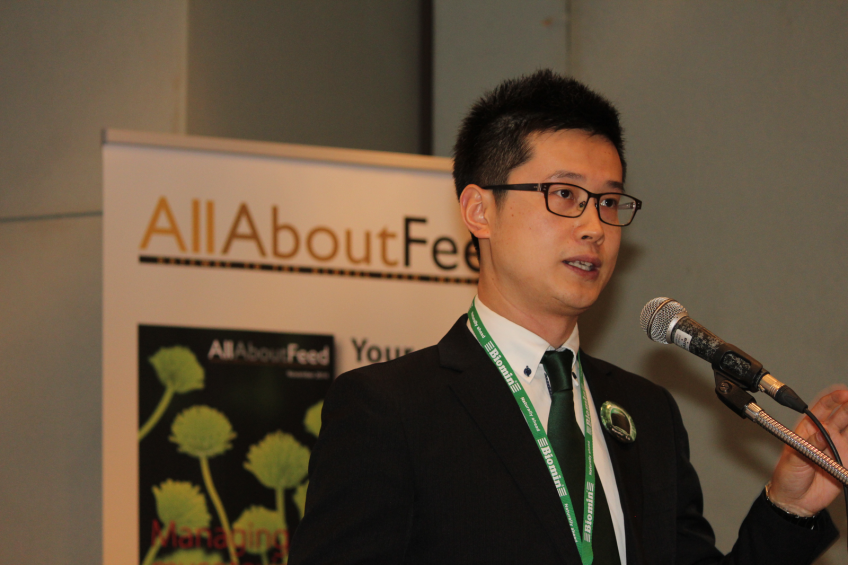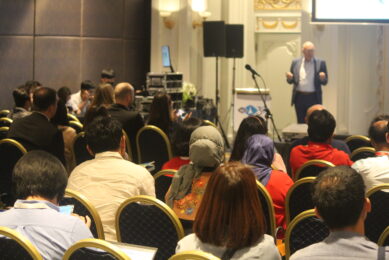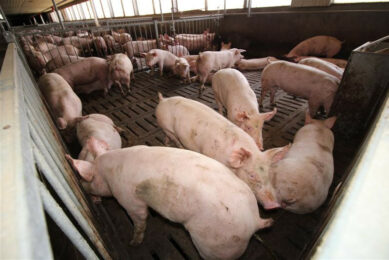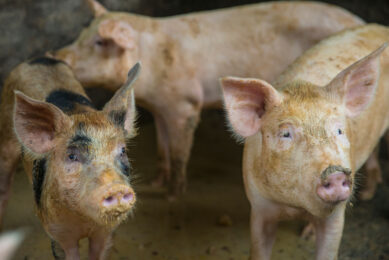Biomin mycotoxin event another great success

The second edition of the Mycotoxins in Focus event, organised by animal nutrition company Biomin was a great success. More than 100 people were present to listen to the latest updates on mycotoxins in Asia and the effects in pigs and poultry.
The event took place on March 12 at the VIV Asia in partnership with AllAboutFeed and Pig Progress. Jan Vanbrabant, managing director at Biomin Asia opened the conference and addressed that mycotoxins are still of growing concern. “Contaminations are increasing as a result of our changing climates: moulds do like a warm and humid environment to grow,” he said. On the other hand, Vanbrabant addressed that the increased awareness about mycotoxins is good news for our industry was it has triggered several initiatives. “There are also more and more legal frameworks to help us deal with the problem, such as EFSA in Europe,” Vanbrabant stated.
Outcomes mycotoxin survey
Biomin invited three speakers to update the audience on the latest developments and trends around mycotoxins. Dr Guan Shu from Biomin (pictured) shared the latest outcomes from the Biomin mycotoxin survey, which is performed every year and covers thousands of samples of raw materials and complete feed. He said that there is no real trend seen in mycotoxin contamination worldwide, but he highlighted that some samples showed a really high contamination level. The outcomes of the latest Biomin mycotoxin survey can be read in the latest edition of AllAboutFeed. Dr Shu also addressed that most samples contain multiple mycotoxins and that binders or detoxifiers are part of the total solution. Next to feed additives, the solution to combat mycotoxins also lie in farm management and proper storage of the raw materials for example.
Economic impact on pig farms
Dr. Pariwat Poolperm from Kasetstart University in Thailand presented a case study from a pig farm where mycotoxins resulted in huge financial losses. In the particular farm, rice bran from a new supplier was introduced in the diet and happened to be contaminated with mycotoxins. The effects were dramatic, as sows were dying, sows were aborting and many piglets didn’t survive the preweaning period. “The farmer didn’t do a quality check for the rice bran and this is the reason that huge problems were seen for many months. It took a while before the cause of the problem was found and solved, but luckily the farm is now producing well again,” Dr. Poolperm explained.
Poultry lesions due to mycotoxins
The last speaker delved into the gross lesions seen in poultry when they are affected by mycotoxins. Prof. Charles Rangga Tabbu from the Universitas Gadjah Mada in Indonesia explained that lesions can vary a lot and can occur on the beak, legs and feathers. “Also low levels of mycotoxins can already affect the immune system and nutrient uptake in chickens. The lesions in the intestines are not always visible, so it is good that farmers know what the clinical signs on the outside are. This can be leg problems, scours at the beak of the birds, extreme feathering or losing feathers and dark spots on the comb,” Prof. Tabbu explained.











